The South Island of New Zealand is a true paradise on earth. On this one-week road trip through the largest island of New Zealand, you can enjoy mountains, glaciers, turquoise-colored lakes, waterfalls, beaches, and stunning forests. These are the must-sees of the South Island in one week.
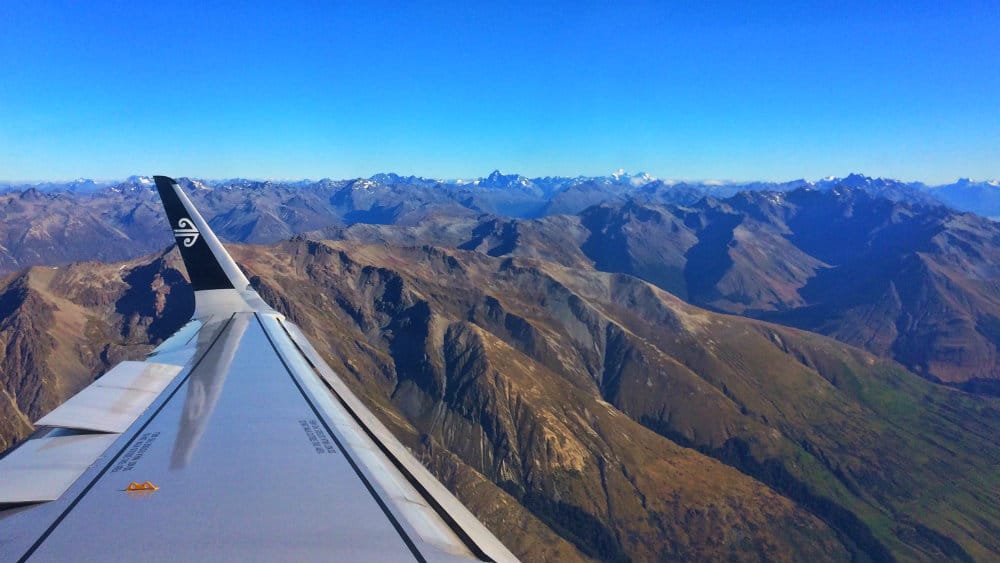
The route begins in the south of the island, in the city of Queenstown, and climbs up to Christchurch, crossing through the heart of the Southern Alps. Although this Kiwi route offers accommodation options in major population centers, renting a camper van for complete freedom during the trip is best. If, like me, you prefer the comfort of traditional accommodation, you can rent a car at the airport and follow the route from there.
Here is what to see on a one-week journey through New Zealand’s South Island.
1. Queenstown
Suggested length of stay: 2 nights – 1 or 2 more nights if you want to explore the Milford Sound area.
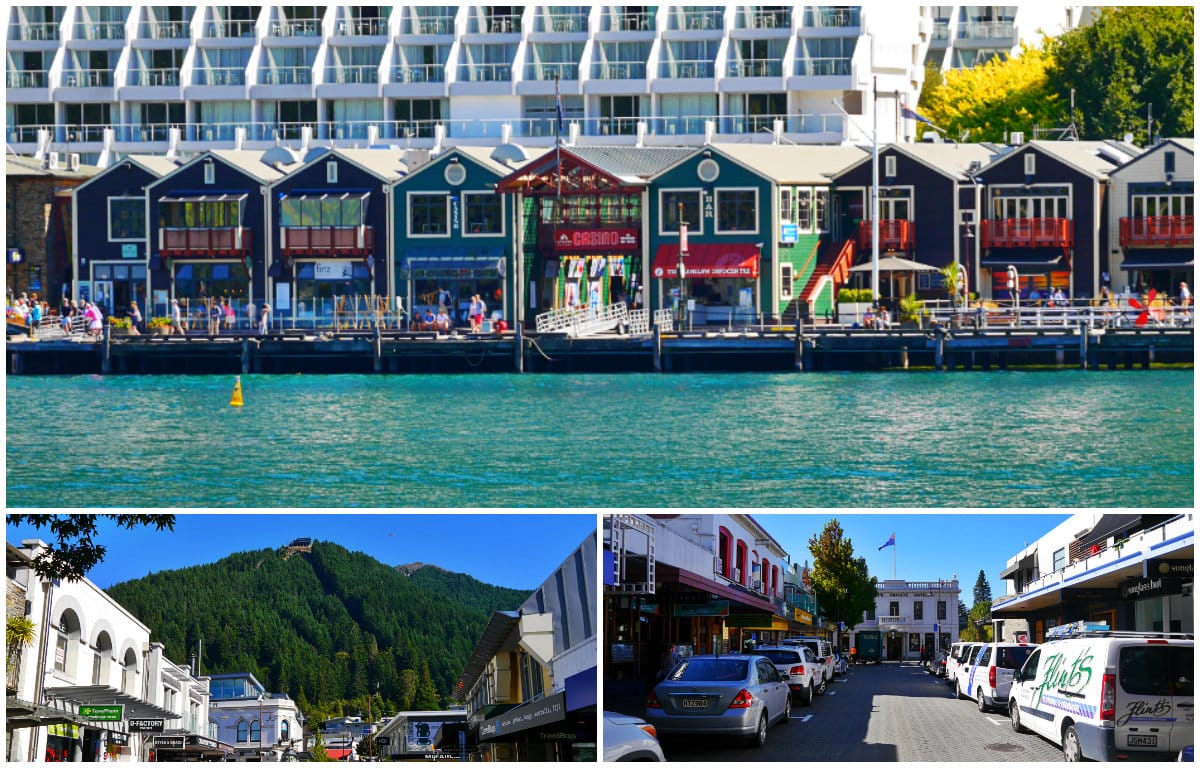
Known as the adventure capital of New Zealand, Queenstown attracts nearly three million visitors a year.
Many tourists come to Queenstown to participate in all kinds of outdoor activities and extreme sports, from skiing and snowboarding to jet boating, rafting, or bungy jumping.
With about 320 different activities and attractions (according to Tripadvisor), there are always options for travelers in Queenstown.
Visitors to the town can spend the morning in the mountains, the afternoon exploring its forests and hiking trails, and dine outdoors by the lake in the evening.
Queenstown is the best base for exploring the Crown Range, Arrowtown, and Cromwell.
Summer activities include hiking, biking, and fishing. The clear and crisp autumn days offer excellent golfing conditions. In winter, crowds of skiers and snowboarders flock to the area for an action-packed season lasting until October. The alpine towns’ cuisine and wines are an attraction to enjoy any time of year.
Queenstown serves as a gateway for exploring southern New Zealand, the fjords, glacial lakes, and Aoraki – Mount Cook National Park.
Getting to Queenstown
Queenstown Airport is the most important airport in the southern part of the South Island. There are international flights between Queenstown and four Australian destinations – Brisbane, Sydney, Melbourne and Gold Coast. These flights are operated by Air New Zealand
, Jetstar
, Qantas
and Virgin Australia
.Queenstown Airport is the most important airport in the southern part of the South Island. There are international flights between Queenstown and four Australian destinations – Brisbane, Sydney, Melbourne and Gold Coast. Air New Zealand, Jetstar, Qantas, and Virgin Australia operate these flights.
Air New Zealand and Jetstar operate domestic flights and connect Queenstown with Auckland, Wellington, and Christchurch.
Arriving by car
The Queenstown Airport is a 10-minute drive from the city center, in the suburb of Frankton.
Arriving by bus
The bus from the airport costs 8 NZD per trip and takes about 25 minutes.
The Connectabus connects the main hotels and motels in the city to the airport every 15 minutes. The fare is 12 NZD for adults and 5.50 NZD for children. No reservation is necessary; you can buy the ticket directly from the driver.
Arriving by taxi
The cost is approximately 30 NZD per trip and takes about 15 minutes.
Car rental
The major car rental companies operate at the Queenstown Airport terminal. It is recommended to book in advance. Book your cheap car rental in Queenstown here.
Accommodation
The accommodation in Queenstown is arguably the most expensive in New Zealand; the city receives a large number of tourists, and the available rooms are not enough. Booking well in advance is recommended. View hotels in Queenstown.
Lake Wakatipu
Undoubtedly the most important attraction in Queenstown is Lake Wakatipu.
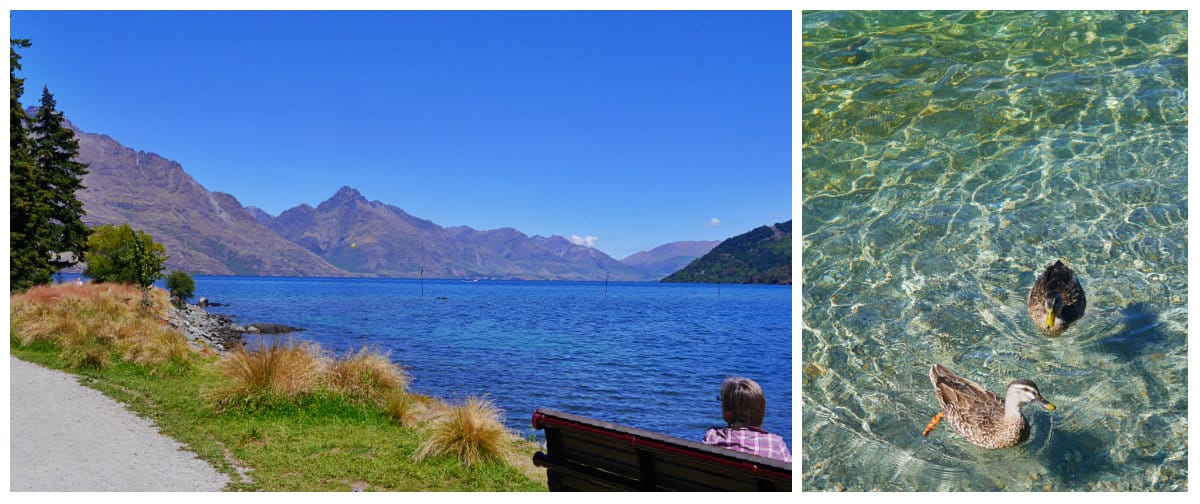
This large lake, with clear, dark turquoise blue waters, is shaped like a ray, occupies a topographic depression of glacial origin, and is bordered on all sides by high mountains, the highest of which is Mount Earnslaw (2819 meters). Populated settlements around the lake include Queenstown and the towns of Kingston, Glenorchy, and Kinloch. The Dart River, the lake’s main tributary, flows into the lake, while the Kawarau River, which rises near Queenstown, serves as an outlet.
Due to its unusual shape, Lake Wakatipu has a “tide” (more correctly, a seiche or “standing wave”) of great magnitude, which causes the water to ripple approximately 10 centimeters every 25 minutes. Maori legend links this phenomenon to the heartbeat of a huge monster named Matau, who is said to sleep at the bottom of the lake.
A cruise across Lake Wakatipu is the best way to appreciate the magnificent alpine scenery.
Crown Range
The Crown Range is located between Queenstown and Wanaka. It is the highest main road in New Zealand. Its highest point reaches an altitude of 1121 meters. In winter, the road is often covered with snow and ice, which makes driving conditions very difficult. But the views are certainly worth it.
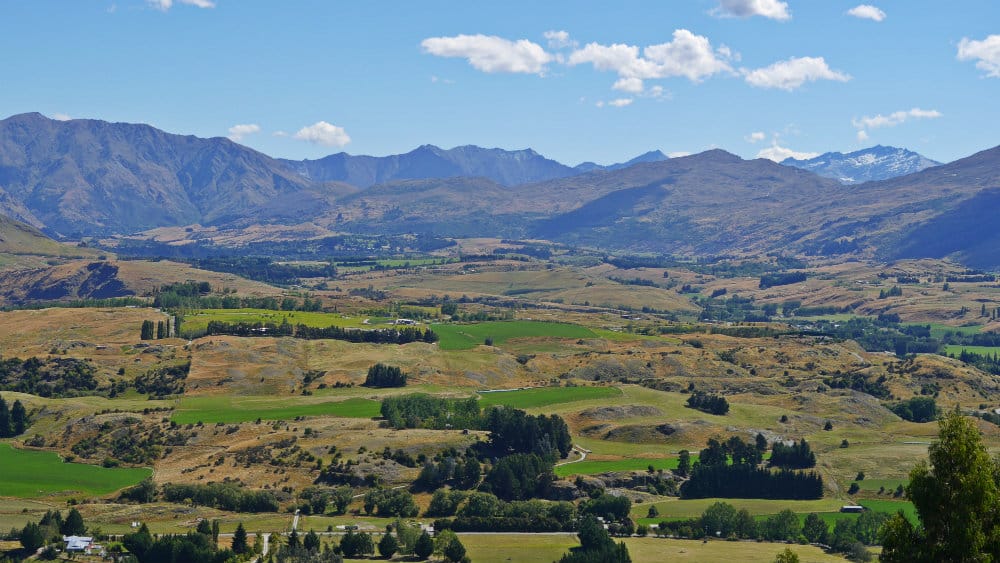
It is an area of mountainous topography, relatively arid and with spectacular scenery reminiscent of Tuscany in Italy.
Arrowtown
It is one of the most picturesque towns in New Zealand. This interesting village dates back to the time when the country went through its own “gold rush,” which explains its appearance as an American Wild West town.
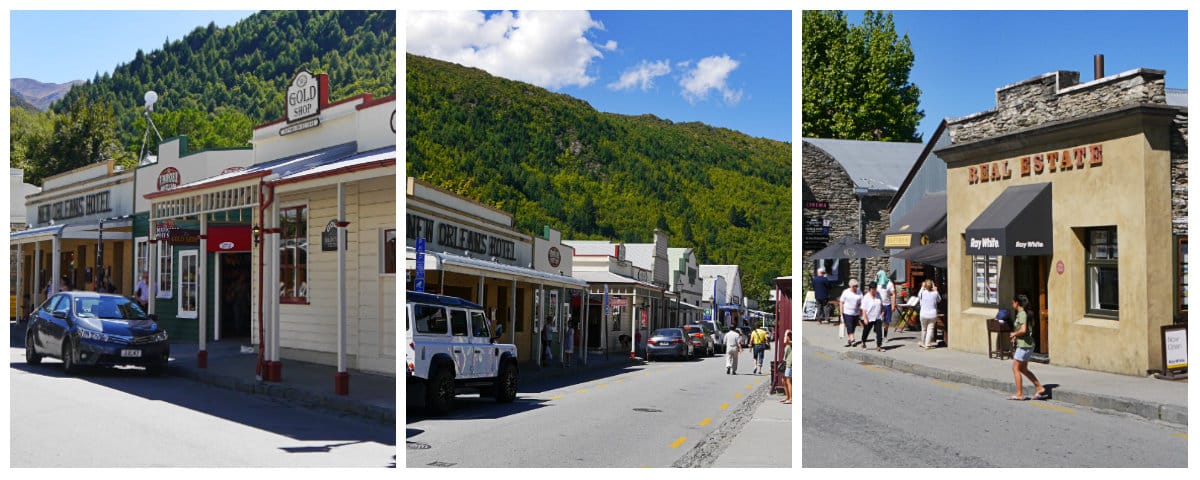
Arrowtown is located along the Arrow River, an ancient source of gold. The town was founded in 1862. The small settlement grew rapidly as pioneers arrived from all corners of New Zealand and Asia, building huts, stores, hotels, churches, and other buildings, more than 60 of which can still be seen today.
Cardrona
Cardrona is one of New Zealand’s most popular ski resorts, with wide open and man-made slopes.
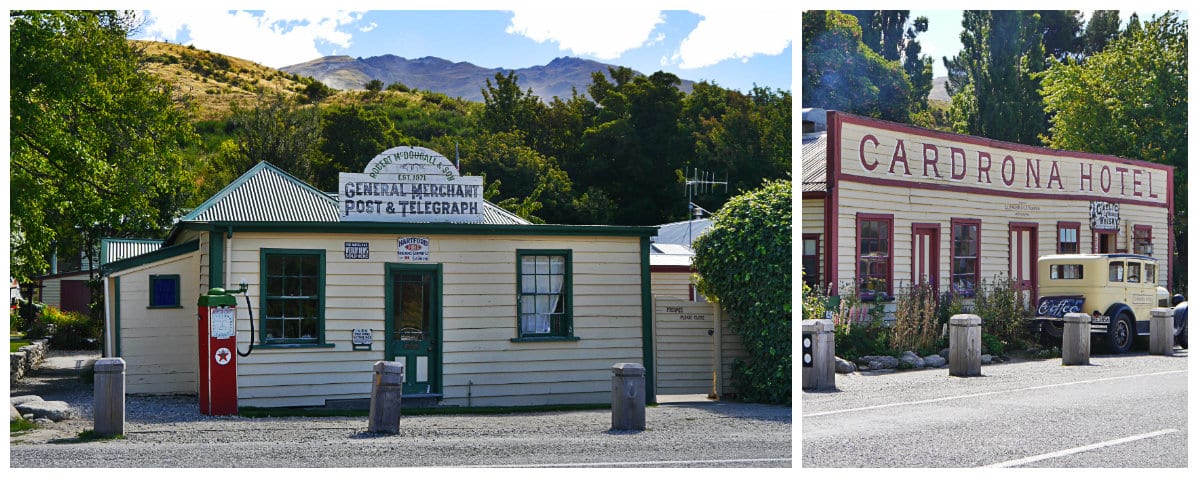
The small village (literally) of four houses is a pleasant place to visit in summer as well, thanks to the presence of the Cardrona Hotel, a former traditional pub, and inn dating back to the gold rush years, and a regular stopping point for local and international celebrities. Prince Henry of Wales dined here in 2015. He ate bangers and mash, in case you were wondering.
The Cardrona Hotel is, as its name suggests, the main local accommodation option. Its rates start from NZ$150, and it has a high score on Booking.com.
Cromwell
Situated on the shores of Loch Dunstan, Cromwell has a history dating back to the gold rush days of the 19th century.
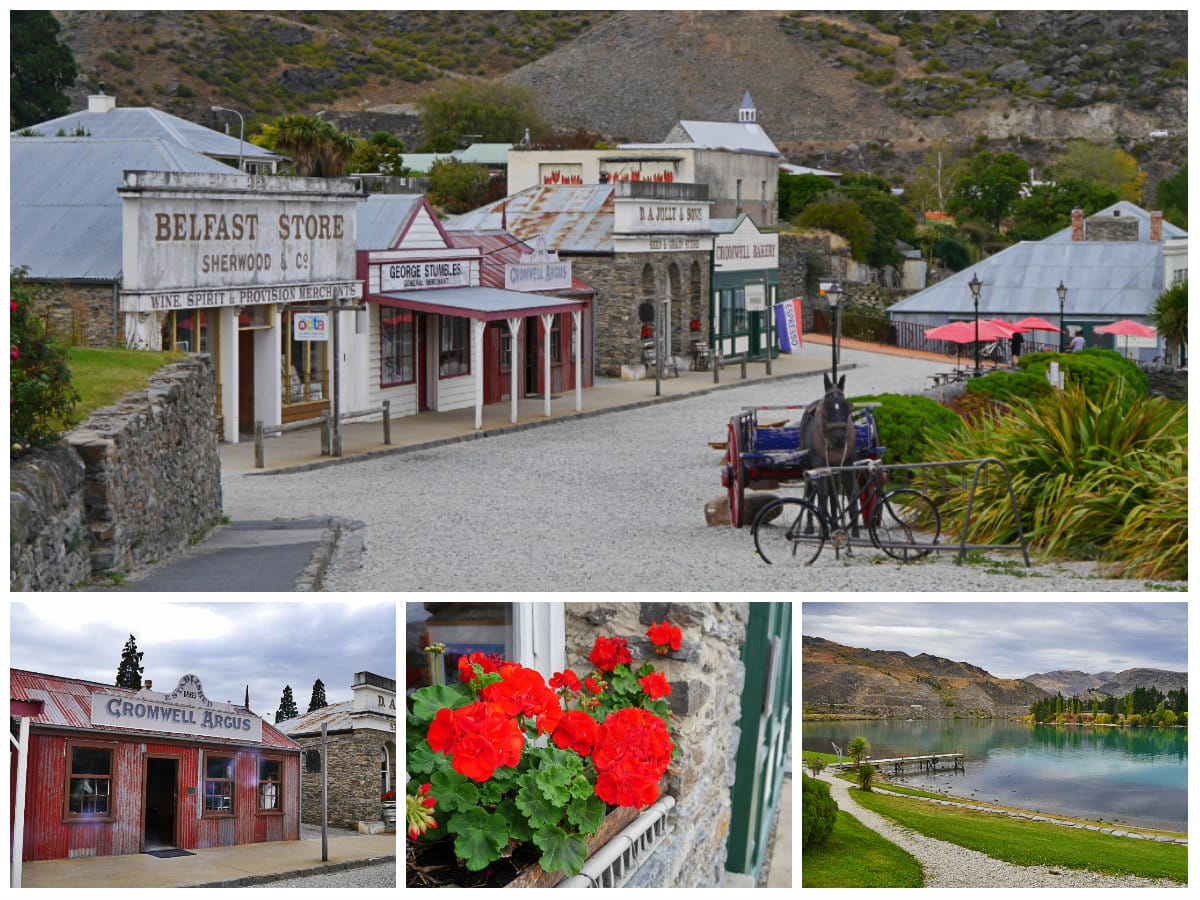
In the 1980s and 1990s, Cromwell underwent a major transformation with the construction of the Clyde power station and dam. When the dam was completed in 1992, the valley behind the town was flooded to create Dunstan Lake. As a result, the original site of Cromwell’s historic commercial district at the confluence of the Kawarau and Clutha Rivers now lies at the bottom of the lake.
However, what remains of the old central district of Cromwell, in the lakefront area, is well worth a visit.
2. Lake Pukaki
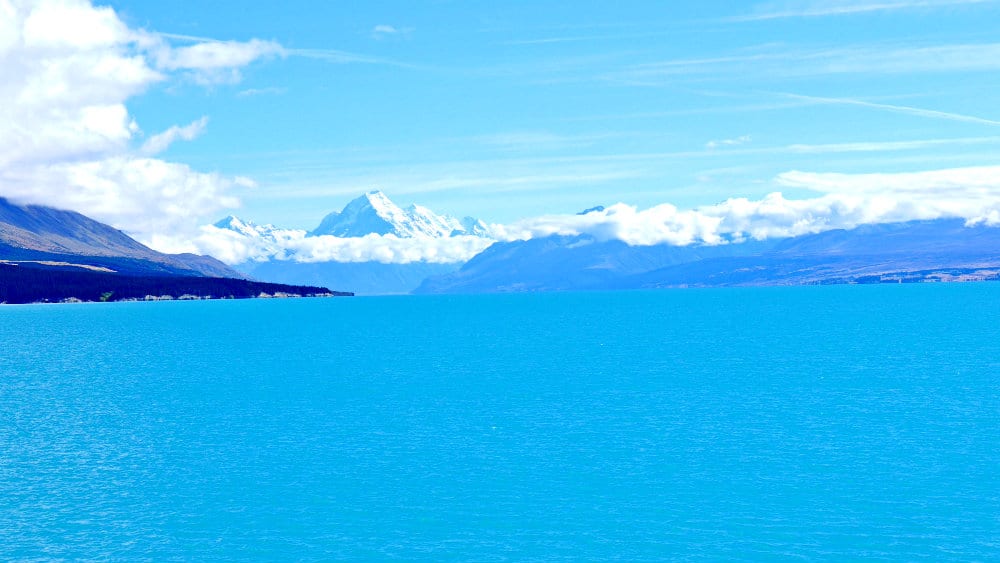
It is probably the most spectacular lake in New Zealand. Lake Pukaki has a distinctive, almost unreal blue color created by the byproduct of glacial erosion. These sediments are introduced into the lake by the Tasman Hooker glaciers. With Mount Cook as a majestic backdrop, Pukaki is a must-see lake, its rocky shoreline creating a contrast of colors found nowhere else in the world.
3. Aoraki – Mount Cook
Proposed length of stay: 1 or 2 nights you want to do hiking trails in the National Park.
Aoraki – Mount Cook National Park has the highest mountains and largest glaciers in New Zealand.
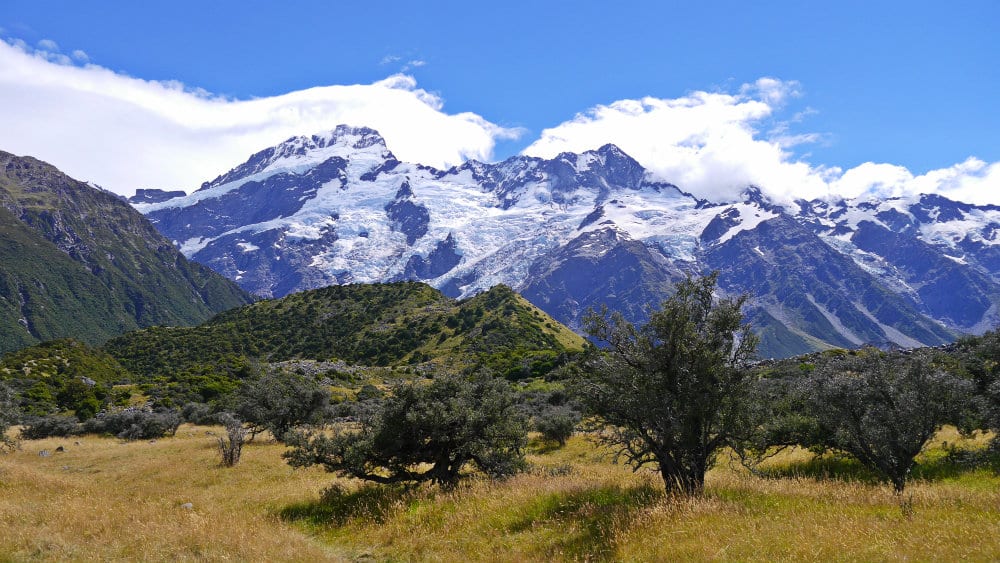
This great park is alpine in the purest sense – with towering peaks, glaciers, and fields of perpetual snow, all under a sky full of stars.
According to the Maori legend of the Ngai Tahu, Aoraki and his three brothers were the sons of Rakinui, the sky father. While they were sailing the sea, their canoe capsized on a reef. When the brothers finally climbed back into the canoe, the icy south wind turned them to stone. The canoe became South Island (Te Waka o Aoraki) and Aoraki and his brothers became the peaks of the Southern Alps.
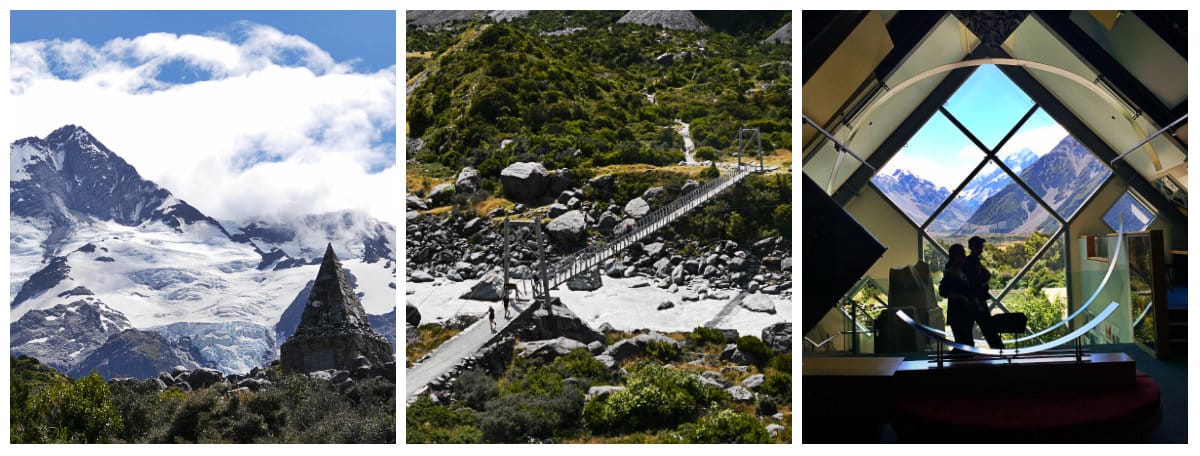
National Highway 80 ends at the Mount Cook National Park Information Center, from where all hiking expeditions in the park depart.
Accommodation
The accommodation options in Mount Cook are scarce and often quite expensive.
The best hotel in the area is undoubtedly the Hermitage Hotel Mt Cook, with rates starting at 160 NZD per night.
4. Lake Tekapo
Lake Tekapo is one of the most visited lakes in New Zealand. As with Lake Pukaki, Tekapo’s turquoise color comes from glacial sediments from when the lake basin was originally formed.
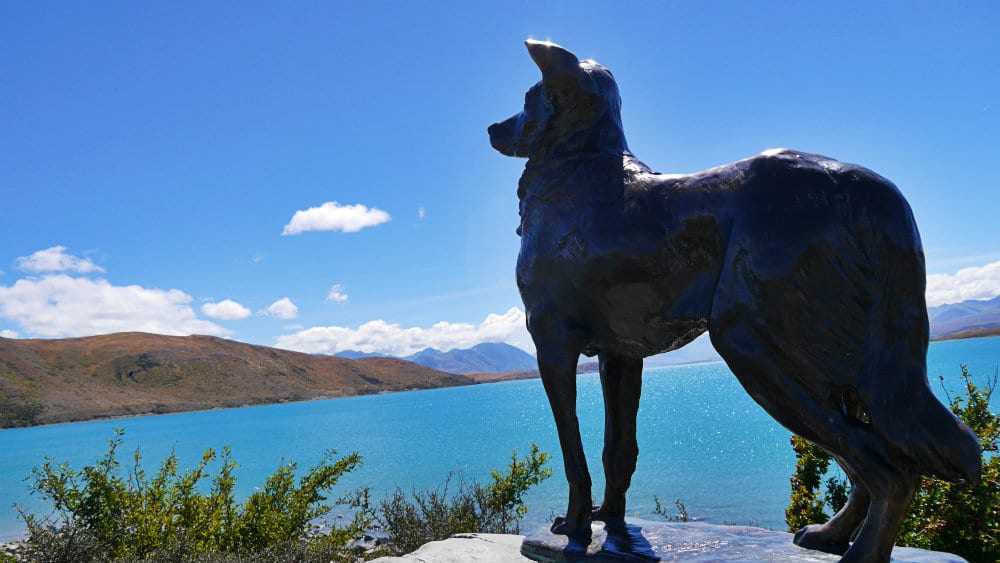
Lake Tekapo is surrounded by the Southern Alps, and on a clear day, Mount Cook can be seen in the distance.
The Tekapo Springs resort features five hot pools overlooking the beautiful Lake and mountains.
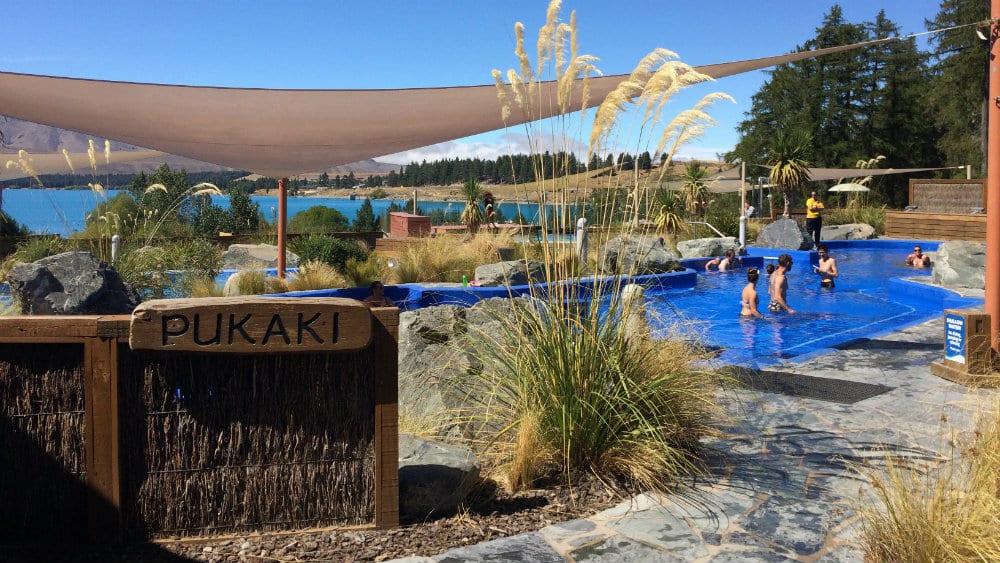
At the heart of the resort are five heated pools, designed to resemble the nearby lakes. Each of the pools enjoys an exceptional panorama of lakes and mountains and the crystal clear water comes from the surrounding alpine springs and is heated by renewable energy. The temperature of the pools varies from 28 to 39 degrees Celsius, perfect for relaxing and enjoying the mountain views.
Three Creeks
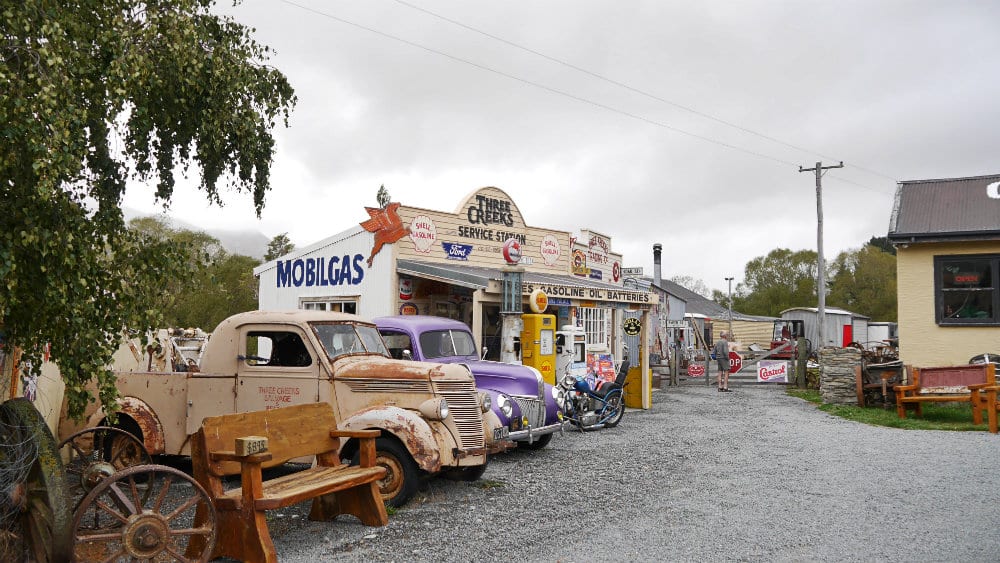
Three Creeks is a small station located on Burke’s Pass. There is not much to see here except for an antique store and a quaint courtyard with alpacas (!).
Pleasant Point
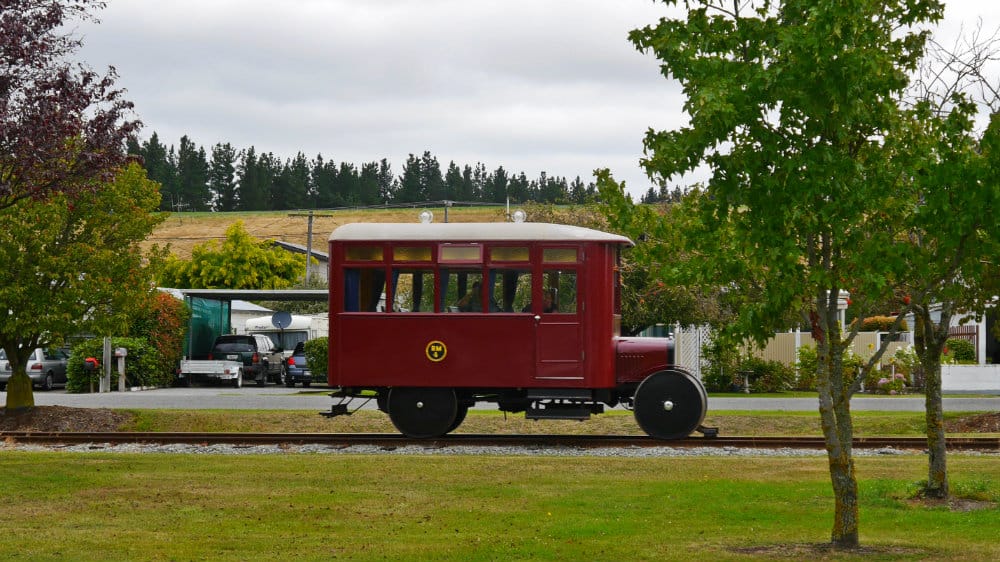
Pleasant Point is a small town on the outskirts of Timaru. Great to stop for a bite to eat at the Legends Cafe and watch the vintage train go by.
5. Timaru
Proposed length of stay: 1 night to recharge your batteries before continuing to Christchurch.
Timaru, the second largest city in Canterbury, is located halfway between Christchurch and Dunedin.
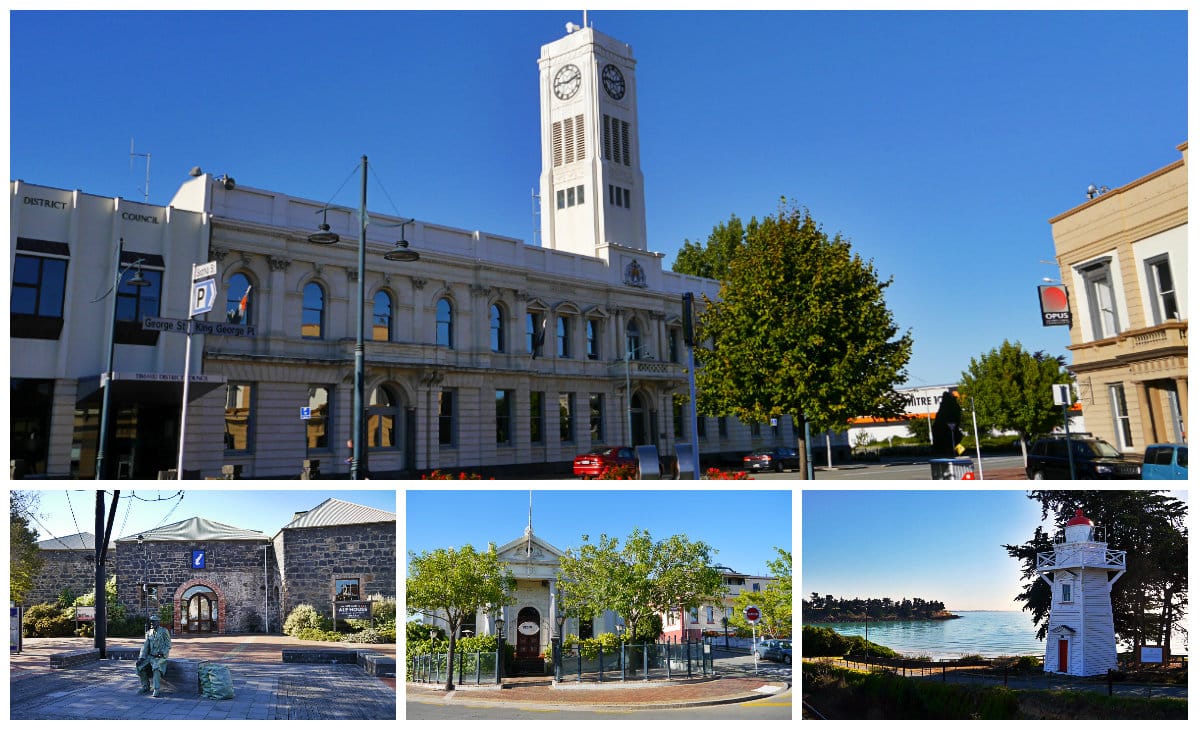
The town has everything you need for a pleasant stopover, a stroll, or even a night’s rest on the way to Christchurch.
Caroline Bay Beach is excellent for swimming. Timaru has botanical gardens, landscaped squares, urban promenades, and a variety of restaurants and cafes between the beach and the main shopping area.
Timaru has many large Victorian and Edwardian buildings built in local volcanic stone.
Accommodation
Timaru is much more budget-friendly than Queenstown, Mount Cook, or Christchurch, so a stop in the town is a good idea from an economic point of view before continuing north.
One of the best hotels in town is Grosvenor Hotel, which, with rates starting at 89 NZD a night, is good, nice and (by New Zealand standards) cheap.
6. Christchurch
With a historic center reduced to rubble after the Canterbury Earthquakes of 2010 and 2011, Christchurch is a city in transition.
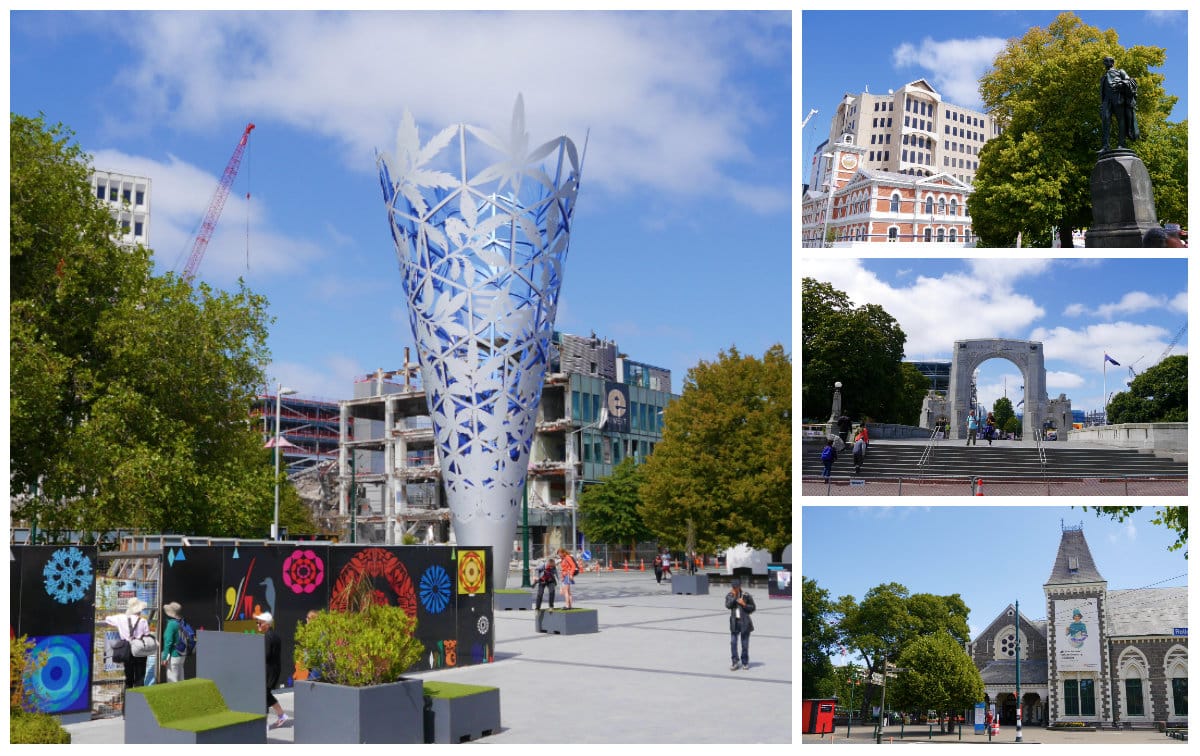
Christchurch’s energy is evident wherever you go. In recent years, the city has bounced back with new alternative and innovative attractions.
Downtown leisure and restaurant activity has been temporarily replaced with a cargo container complex called ReStart; the cathedral is now known as “the cardboard cathedral,” and all over the city center, restaurants, bars, and pop-up stores appear and disappear all the time.
Contemporary art galleries, boutiques, and outdoor markets add to Christchurch’s creative atmosphere.
Traditionally known as the Garden City, Christchurch’s botanical gardens are over 150 years old and boast an enviable collection of exotic and native plants.
The Avon River flows through the center of the city, giving rise to walks through the Edwardian-style river gardens. Traveling aboard historic streetcars or taking a bicycle tour to learn about Christchurch’s history is also possible.
Other popular activities include the International Antarctic Center or the Orana Wildlife Park.
Accommodation
One of the best accommodation options in Christchurch is the City Centre Motel with rates starting at 99 NZD. Read more about where to sleep in Christchurch.



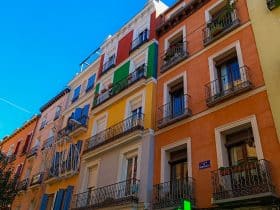
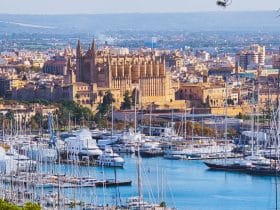
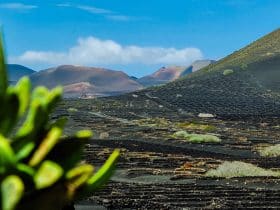
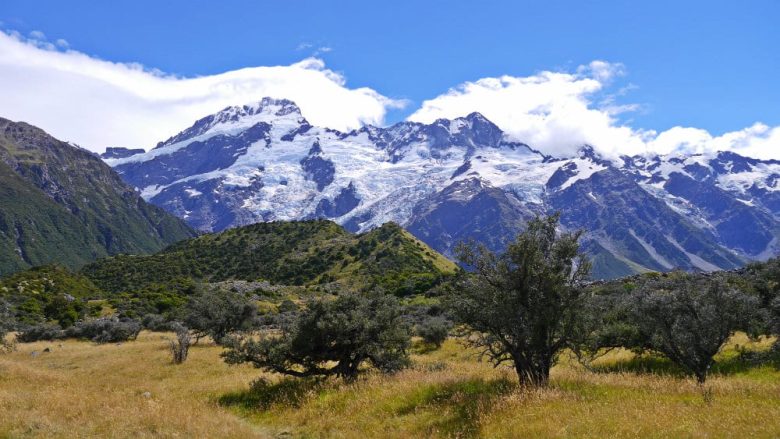
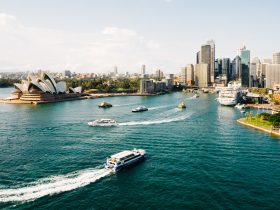
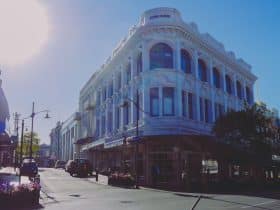

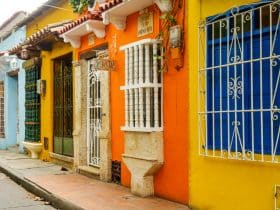









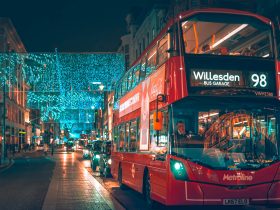


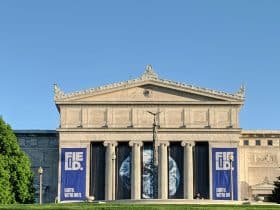
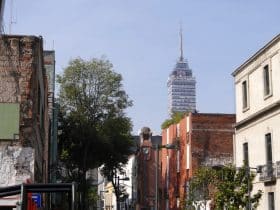
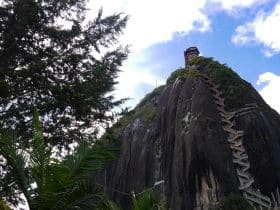
Leave a Reply
View Comments